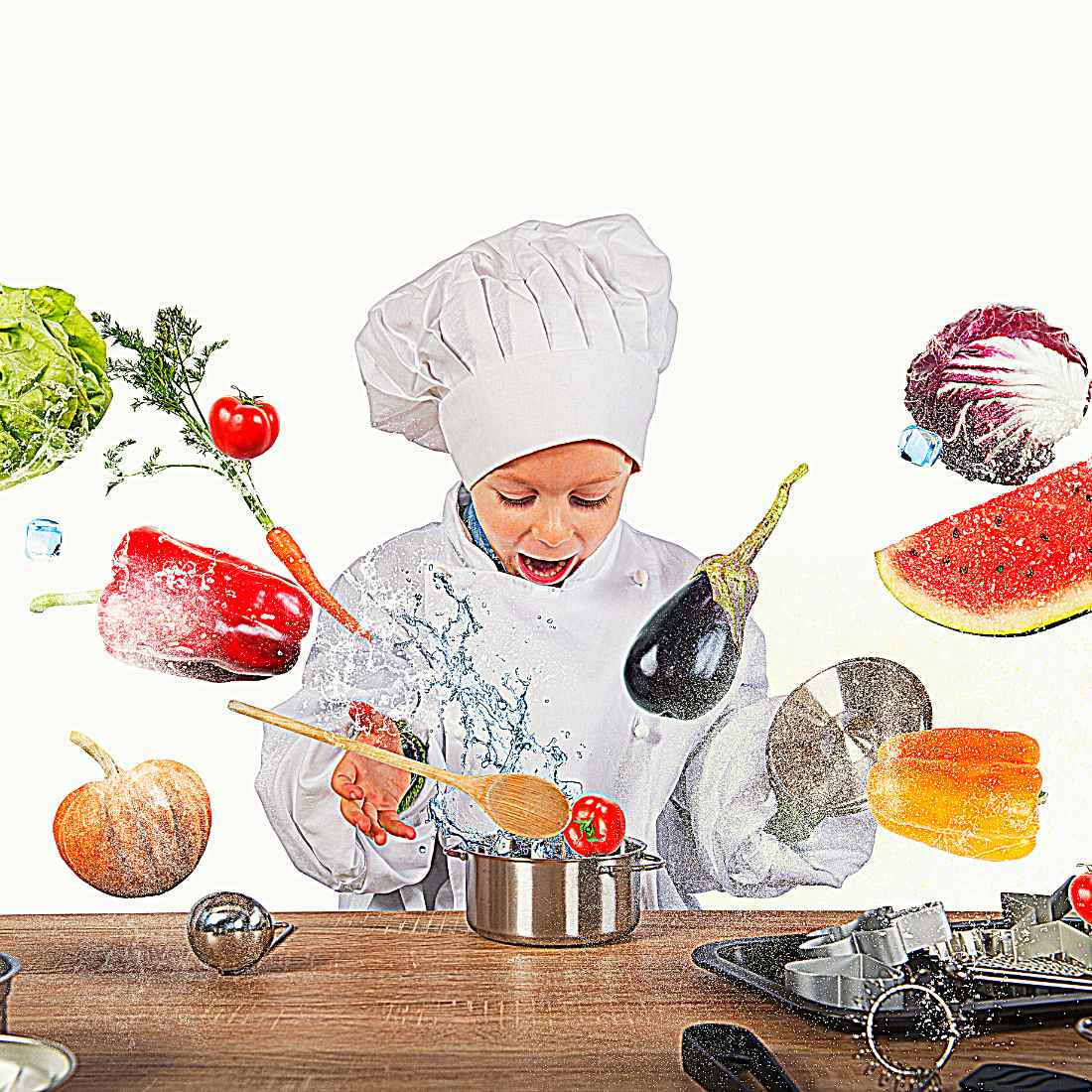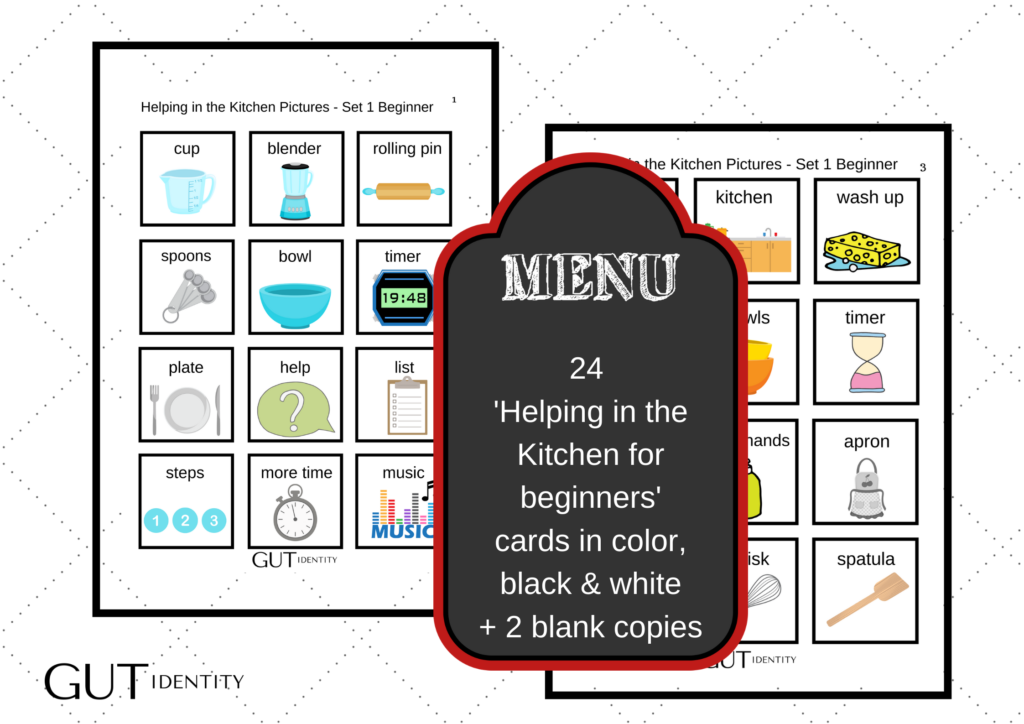There are many different ways we can get children helping in the kitchen. The earlier they start, the more interested they become in food, where it comes from, and how to make stuff themselves. And the bonus is, they’re not only learning skills for life, they’re also contributing to making everyone’s lives easier in the long run.
Children of any age, including individuals with varying abilities, can help out in some way. So grab your chef’s hat and let’s dive right in to find out how.
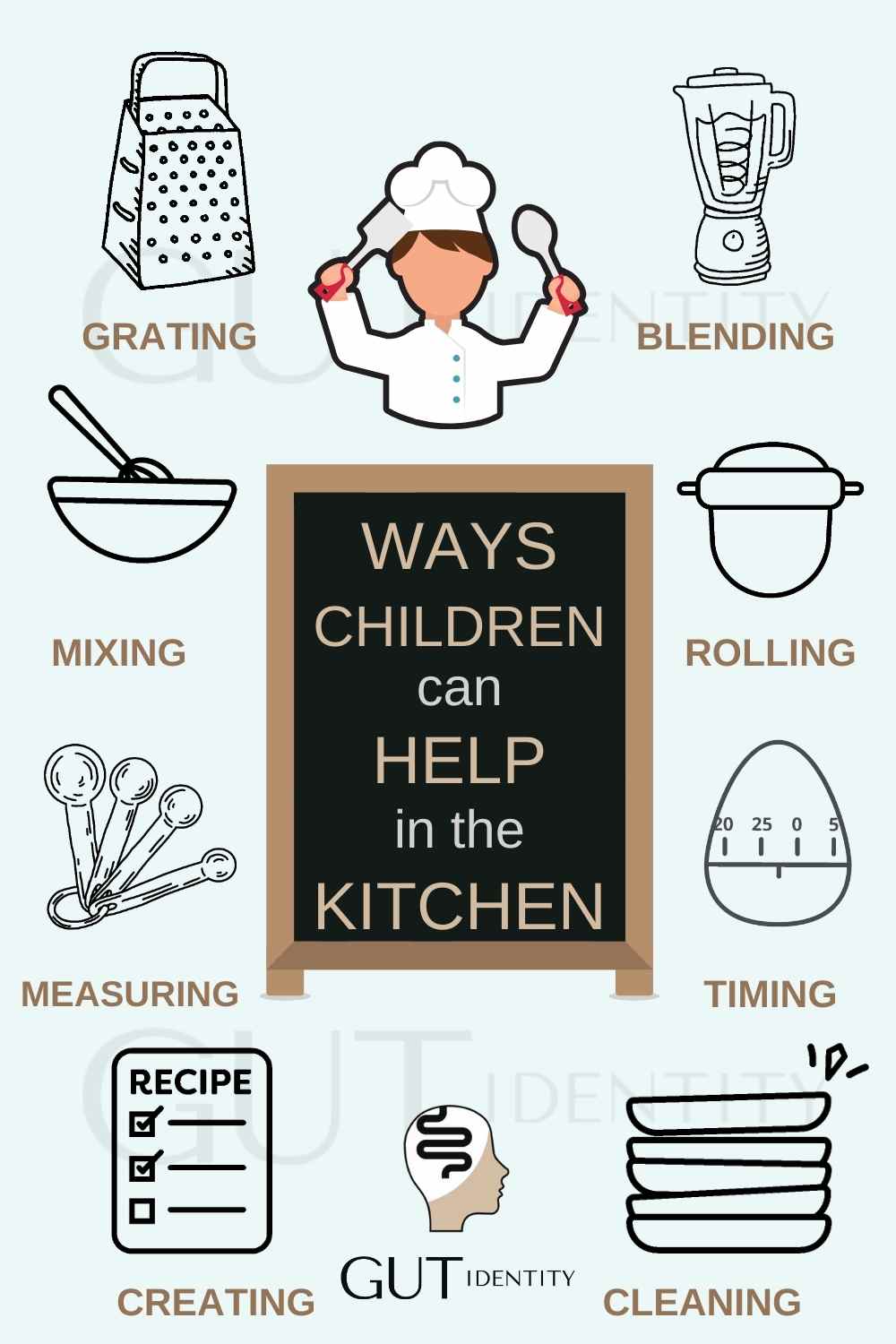
Blending – push the button

An easy way to involve children in the kitchen is to blend stuff. By setting up the ingredients first, a child can then be in charge of pushing the button. This makes them instantly part of the process. It doesn’t have to be complicated and is a great way to include an individual who may not be able to help with something like the chopping prep.
Using a blender is also a great way to make healthy smoothies and save money by not buying expensive drinks when out and about. It’s also an easy way to get more fruit and veggies into the daily diet.
Get the rolling-pins out

Baking is an awesome way to get children involved in the cooking process. Rolling out ingredients encourages the development of gross motor and fine motor skills. This activity also helps a child to develop hand-eye coordination.
As a teacher, I had cooking sets with rolling pins of different sizes. Children of ALL abilities can be set up to roll out dough. Some may just need some physical support to do this. Help them to do it. It’s a great activity that can also keep children busy while the more important processes of baking are done.
Using a timer in the kitchen

Using a timer in the kitchen can help children develop a sense of how long it takes for something to cook. It’s a great way to help children develop patience as well. No one wants undercooked food or food that’s charred beyond recognition. Setting a timer so this doesn’t happen, is a good habit to get into any age.
Timers don’t have to fancy. A simple egg timer will work. A child can tally up how many times it has to be turned over. This is another great way to encourage focus and concentration on an activity. Try it. It may just work.
Keeping that kitchen clean

Keeping the kitchen clean needs to be everyone’s responsibility. Taking a plate to the sink, or packing and unpacking the dishwasher, is a good life skill that helps everyone.
Sometimes, small children need to be shown the steps of how to do something. The pictures help them to see exactly what needs to be done and in what order. Show them the steps they need to take to make it happen. Take a photo or draw a picture of the end result so they know what to expect.

Use visual supports when needed so they know what to do. For the steps to be learned even better, say what you want them to do at the same time as showing the picture. If we put words and pictures together, it helps us learn faster. This also helps develop communication skills through doing.
For visual supports for younger children or individuals who work better with images, click the link below to access the 6-page digital download.
A great way to get children motivated to clean up is to have them clean up before eating what they’ve made. Chuck on some music to help with the cleaning process. Music makes EVERY chore feel like it’s NOT a chore!
Getting creative in the kitchen
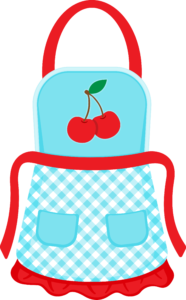
Creating a recipe can help bring out the creative nature of cooking. Planning and then preparing what needs to be cooked can help develop reading and writing skills.
Going through supermarket flyers can be a great way for children and young people to visually plan what they want to cook. This helps if a child hasn’t learned to read or write yet. It’s especially good for individuals who may have difficulty reading and find working with images much easier. Get some paper, scissors and colours for this.
The more an individual is involved in the planning and preparation process, the more they might be interested in helping more. It could also help encourage them to be more interested in trying different fruits and vegetables.
Having a diverse diet of fresh ingredients with less processed foods is important for developing a healthy gut microbiome. Having a healthy gut can affect our overall health.
Read more about the Gut Microbiome and its implications for health HERE
Further reading on the relationship between the gut and the brain:
Is Gut Dysbiosis Related to ADHD?
measurement teaches maths

Using different items to measure out ingredients, helps develop mathematical skills. It teaches volume and capacity along with recognising numbers and symbols.
The use of different measuring spoons and cups provides an opportunity to read numbers, use estimations, and make predictions on how much each item will hold. Measuring cups also help a child gain experience with things like fractions like 1/2, 1/3, 1/4 etc…
Using language like ‘bigger, smaller, more, less’ are just a few examples of the ‘mathematical’ language used when cooking.
Mixing it up to participate
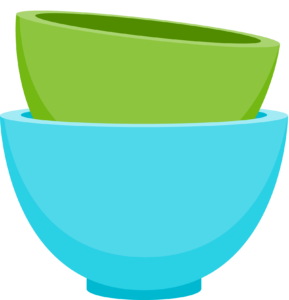
The great thing about mixing and mixing bowls is that any individual with any ability level can mix stuff together. Mixing bowls come in different sizes so it can be done together in the kitchen.
As a teacher, I’d either give students a bowl each, or we would take turns mixing. If a student I was working with had very limited fine motor skills, mixing was an easy way to ensure they were included in the activity.
As someone with Coeliac Disease (CD), I only work with foods that are completely gluten–free and my teaching days were prior to developing CD.
Having CD makes it difficult for young people these days to join in cooking at school in a safe way. The good thing, is that planning, preparing and cooking meals at home is still possible.
Grating fruits & veggies (not fingers)

Watching those little fingers near a grater is definitely a good idea. I still remember the time I sliced my finger open on a grater as a child.
These days, graters come in all shapes and sizes, so ‘fewer accidents’ in the kitchen is possible. There are also slicing and grating gadgets that allow for safer grating. Shop around to find a good fit for your unique situation.
Getting involved can be easy – if we take the time

While it does take extra time getting children to help in the kitchen, it teaches them many different skills for life. It also provides them with the opportunity to develop language and communication in different ways.
Helping out in the kitchen also provides the perfect opportunity for individuals to contribute in their own unique way. It also helps us be more creative by trying new foods in different ways.
For more ideas on how children can learn at home, click the image below to access the 3-page InfoEBook.
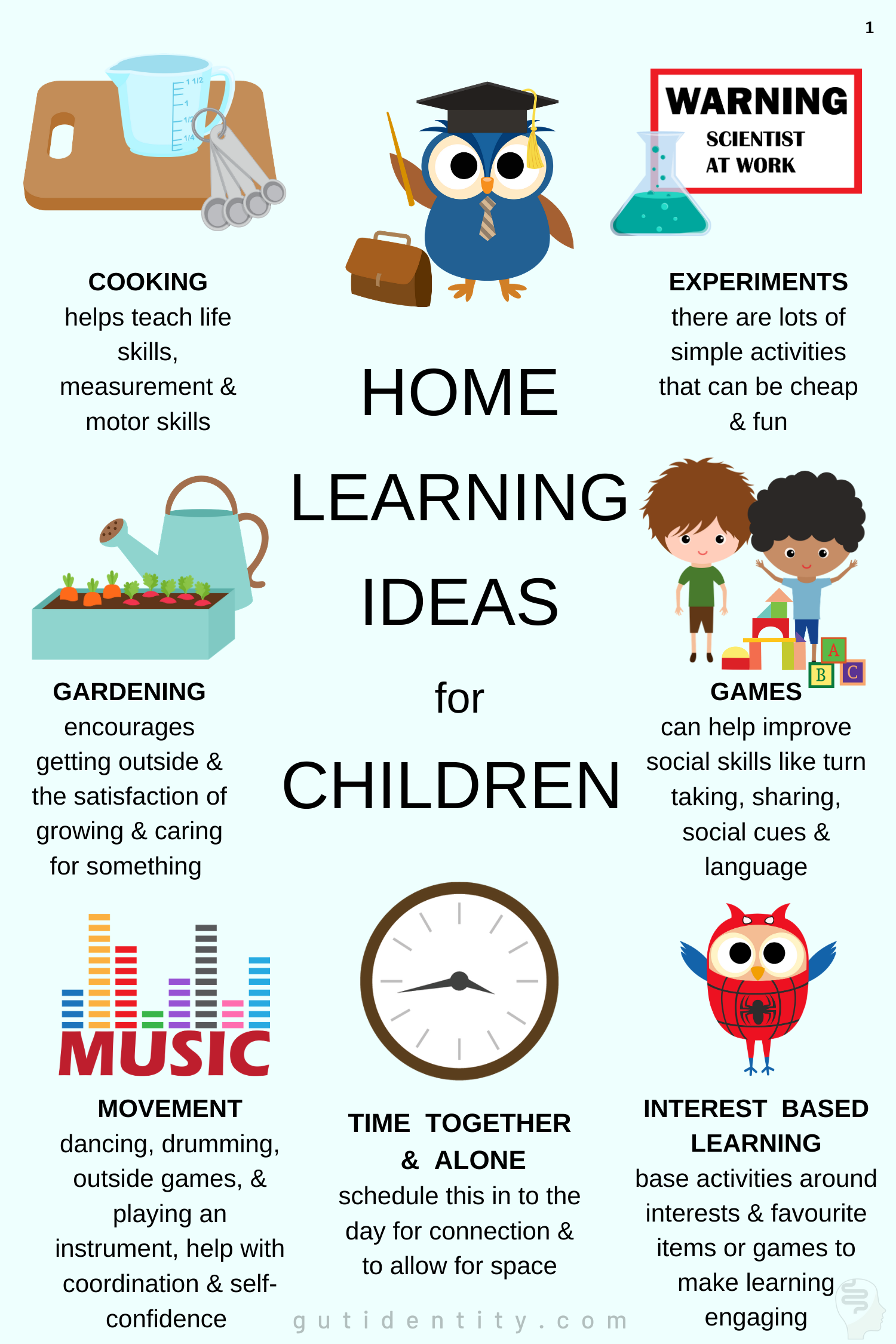
Bottom line
Everyone’s home or school situation is different but there are lots of ways we can get children helping in the kitchen. Although it does take more time, it provides many opportunities to express creativity, develop communication skills and patience, and just have fun planning, preparing, cooking, and then eating and sharing their creation.
Oh, and let’s forget the cleaning up and washing those hands regularly! Put music on for these tasks 😉



